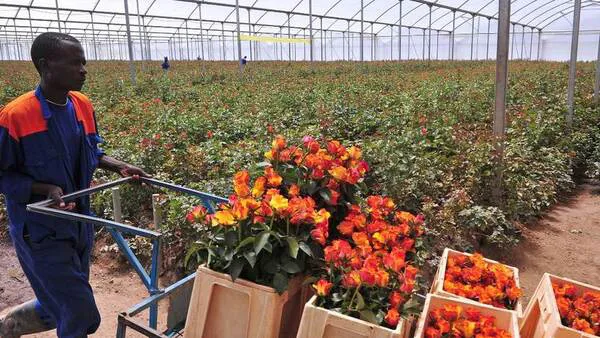The transport cost to Europe is the main expense faced by Kenyan exporters of horticulture products, such as flowers. The air freight industry is well-developed in Kenya and highly flexible to meet demands. The sea freight industry of fresh produce, however, is less developed and could become many times larger.
The Netherlands Embassy in Nairobi is very keen to further explore the potential of sea freight for exporting flowers from Kenya. Therefore, a survey among key market players was carried out to get a better understanding of their views on the potential bottlenecks and opportunities regarding the further development of sea transportation as a viable alternative for air freight.

Air freight challenges spark a new wave of interest in sea freight
From conversations with interviewed importers, traders, and retailers, it seems that we have entered a new wave of interest in sea freight. As some of the respondents said, "Recent air freight capacity and cost issues are the main drivers for the current acceleration in ocean freight development."
In the past ten years, a lot of knowledge has been gained, and there is now a general feeling that most of the practical requirements of sea freight have been mapped out and that people more or less know what is needed to prepare and execute a sea freight shipment properly. A few interviewees with experience in sea freight indicated that sea freight could then theoretically be planned well, and the result is better quality than air freight because of fewer temperature fluctuations.
Still, several practical and commercial concerns remain. The biggest challenges of ocean freight, according to importers, relate to logistics, such as the relatively low arrival frequency and irregular and unpredictable arrival times. Other concerns relate more to commercial considerations, such as a strong 'day fresh' culture in the flower trade and demand for flexibility.
High expectations for sea freight
Interviewees expect that the overall share of sea freight of flowers from Kenya reaches 25 to 50% in five years. While traders in the florist channel estimated a range from 0 to a maximum of 30%, some of the companies who supply retail chains believe that a shift towards sea freight of at least 50% of the total volume will occur within five years.
Based on the input of interviewed market players, the report proposes a set of recommendations and follow-up steps in four areas: business environment, logistics, establishing best practices, and industry readiness.
Final considerations
One of the interesting lessons from this survey is the observation that the recently increased interest in sea freight has mainly arisen from the problems in air freight. With this in mind, it can be concluded that one of the most effective ways to stimulate the development of sea freight is by discouraging air freight. As more and more governments are serious about reducing CO2 emissions and making trade policies more sustainable, we can expect this to happen anyway.
It is simply a must for Kenya, in the long run, to offer products with a favorable carbon footprint. Otherwise, Kenya will increasingly lose out in the European market to regionally grown products and suppliers that have a lower carbon footprint.
For more information:![]()
Ministry of agriculture, nature and food quality of the Netherlands
www.government.nl/en
